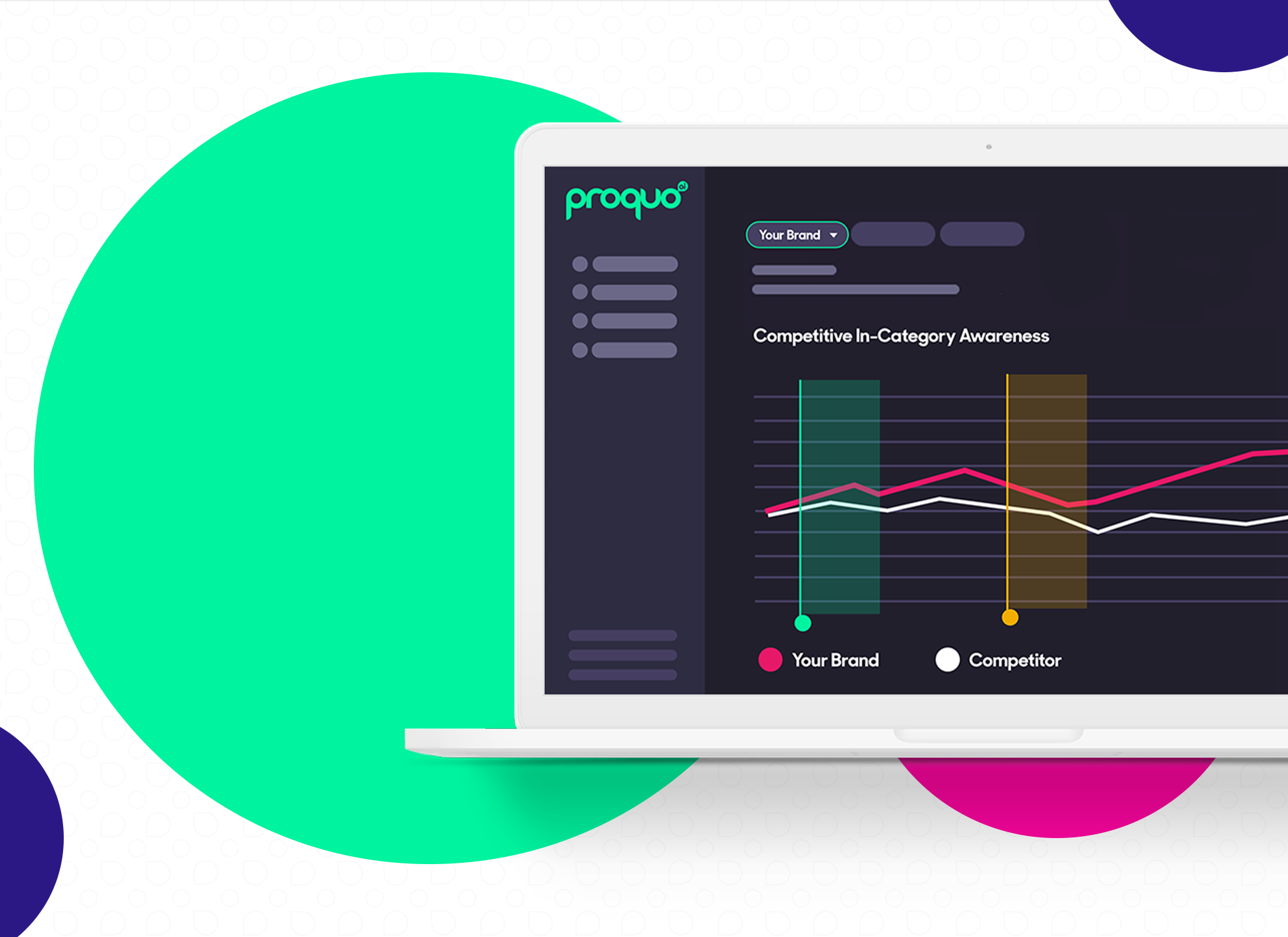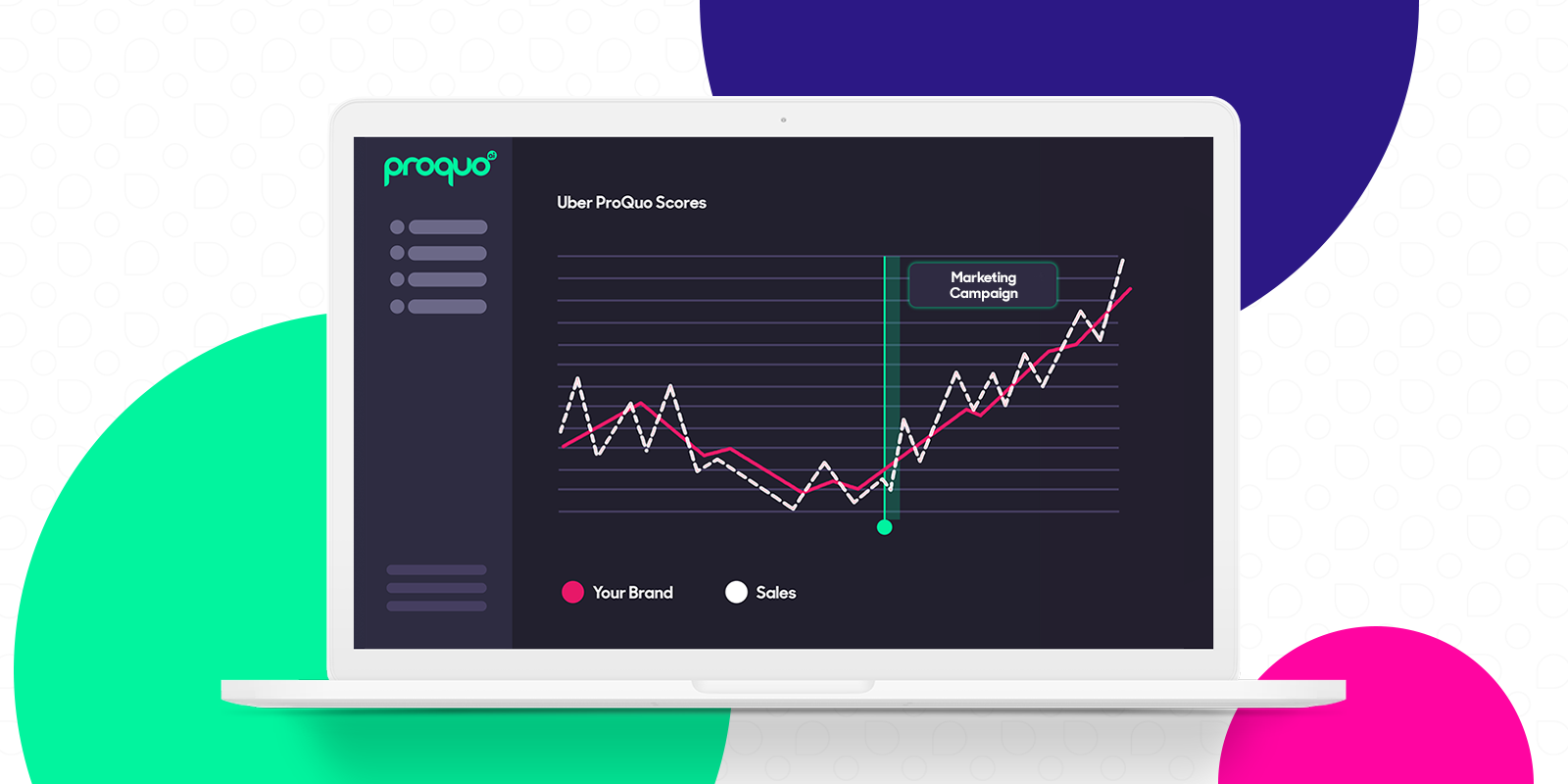Posted on July 23, 2021
Updated on March 13, 2023
4 min read time

Analyzing the impact of your marketing activities is a notoriously difficult thing to do but it’s also an essential if you want your brand to succeed. Brand Managers stand to gain so much from proof, from the ability to justify wins, to new customer acquisition, and of course, the holy grail, unlocking additional budget to spend on future endeavours.
Yet, measuring within the world of Marketing is still a process that’s in desperate need of refinement. Only 48% of marketers are currently using web analytics to analyze effectiveness and LinkedIn found the average marketer is drowning in a sea of marketing metrics, with 50% relying on inaccurate metrics to prove their actions.
Marketing co-founder, Sangram Vajre, uses the term ‘vanity metrics’ to explain how marketing teams are currently measuring impact. He explains the numbers we’re currently focusing on, ‘look good on a chart or in a report, but more often than not, don’t translate into long-term customers’.
The age old saying goes as follows, “Half my advertising spend is wasted; the trouble is, I don’t know which half”. In fact, the estimate is now thought to be considerably higher than 50%. And brands with limited budgets simply cannot afford this waste. When it comes to marketing activity – whether it’s a boosted post on Instagram or a whole packaging refresh – understanding what the money you’re investing into your brand is doing for your business, is crucial.
Every dollar you spend on your brand should move it in the right direction. And in today’s world, there’s no excuse to not be analyzing your impact. Forward-looking technologies are now widely available to us, and marketers have hundreds of different methods to use to ensure the money they spend on media has a guaranteed return on marketing investment. With all these solutions at our disposal, there’s no need for guesswork anymore. And certainly, no need to waste budget.
When it comes to marketing impact, the benefits are plentiful. So much of Brand Management is about providing tangible financial evidence to show your actions are positively contributing to your company’s commercial gains.
But marketing is unfairly dependent on the future, “if you give me X and Y amount of budget, you’ll see a positive return in 6 months’ time’. As the C-Suite typically see spend in a more holistic way, investing a large portion of money in one area, without a clear idea of what they’ll get in return, isn’t ideal. This is why it can be difficult for Brand Managers – and marketing functions as a whole - to negotiate their worth.
The solution to this challenge? Measuring marketing impact to relieve the pressure off these marketing teams, so they can easily justify the worth of their actions.
Here’s what you stand to gain with marketing proof:
You cannot grow your userbase without understanding the motivations of your customers. If you don’t know why they are influenced to buy your product or service, you won’t be able to use this information to drive consumption. When you know what marketing actions ‘worked’ with your audience, including which assets, products or campaigns resonated with them, you can supercharge your marketing strategy.

This will help you to prioritize what to spend time on. You’ll learn from your mistakes, and have confidence in your future endeavours, as you’ll know your strategies are backed by concrete data-driven metrics.
ROI is a useful metric in this case to gauge the profitability of your actions. With ROI you can judge your marketing impact, seeing where you’ve fallen short and where you’ve succeeded. If you generated high levels of profitability on a particular project or channel, you should make this area a key focus in the future. Equally, projects that generated a negative financial return should be discarded for more financially lucrative ventures.
To perfect your campaigns, you’ll need metrics to understand how the campaign performed over time. This will help you to identify areas for improvement, as you’ll be able to look closely into the performance of your campaign, isolating which creative assets didn’t resonate with your audience and why. This will allow you to adapt and optimize these to ensure the best results in the next run of the campaign.
If you check these metrics in real-time too, whilst the campaign is still running, you’ll be able to react quickly to change assets or targeting, live. This will equip your campaign with the best chance of victory.
Social metrics, like engagement, likes and follower count are helpful in gaining an understanding of what your audience enjoyed most. So, keep close to these analytics to gauge what you should be focusing on so you can optimize future campaigns.
Reliable metrics empower marketers, making them feel more confident about the work they’re producing, and helping to prove the success of the actions they’ve taken so far. It also inspires collaboration, as metrics bring marketing and sales teams closer together. Marketing can highlight how their efforts are enabling and contributing to sales’ goals, as they have the data to prove this. This creates a more seamless, cooperative business model, which will only help your company in the long run.
Real-time intelligence plays a critical role in this collaboration. As with live data, you can see clearly how marketing actions lead to higher growth figures. With ProQuo’s live Brand Management platform, this is easier than ever, as you can input key events into the platform, so you can see on a visual dashboard, how your marketing actions are leading to higher sales figures.

Think of your brand as an investment portfolio. The more proof you have that the money you’re putting into that portfolio is helping it grow, the more likely you are to continue investing. To make your marketing executions bigger and better, you need more budget. And with marketing proof, you have the power to unlock this budget, as you’ll have tangible evidence to convince internal and external stakeholders of the importance of your brand, and the need to continue investing in it.

A variety of data can get you here, from post-campaign reports to social metrics, as well as ROI. But to make the most compelling case, and show the clearest correlation between marketing and sales, you’ll need real-time intelligence.
If you're interested in learning more about proving your marketing effectiveness..
Our intelligent platform will take your brand further, faster.
Don’t believe us?
© 2020-2023 ProQuo AI International
All rights reservedWebsite by Blend